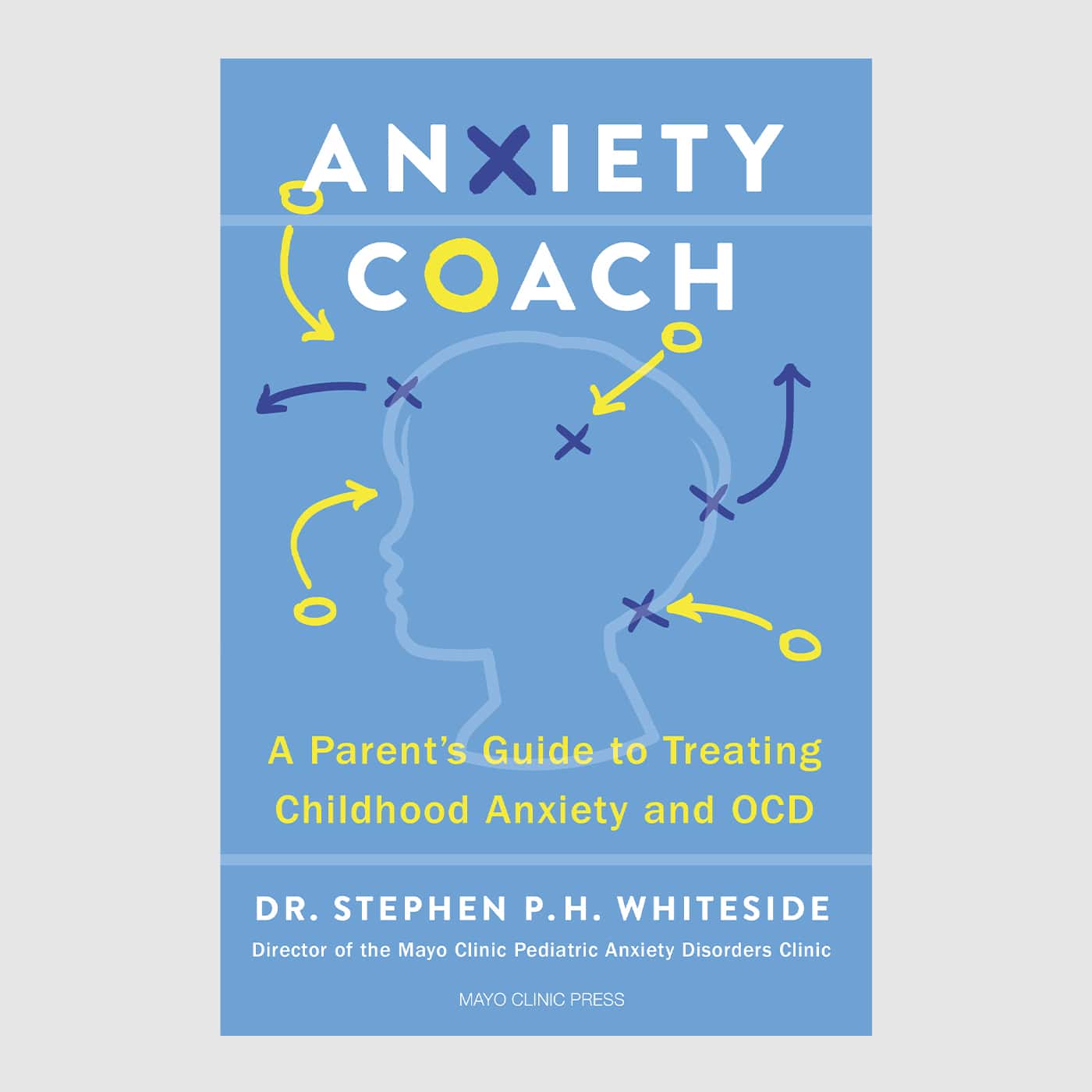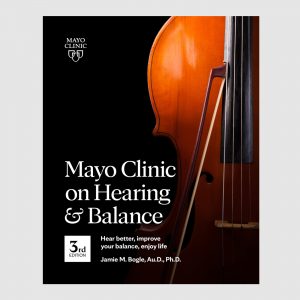
Futuristic and full of promises for better skin, these masks can be had by anyone. Are they worth it?
If you’ve ever surprised someone while you’re wearing a skin care face mask, the person was likely a bit taken aback. Perhaps it was a mud mask or one of those gooey white face sheets. But if you thought your cucumber spa eyes looked a bit odd, wait until you see the Star Wars Stormtrooper-like contraptions out now. Exhibit A: light-emitting diode (LED) face masks.
What are LED face masks?
LED face masks contain light sources that promote biochemical reactions in cells, such as increasing collagen synthesis, without causing direct heat damage to the skin. This type of therapy has long been used in dermatologists’ offices. More recently, it became available to your everyday skin care junkie without a prescription. Masks can be purchased at prices ranging from under $50 to almost $2,000. They also come with various light colors, most often including red, blue or both. “Different colors of LED light serve different purposes,” says Elika Hoss, M.D., a board-certified dermatologist at Mayo Clinic in Scottsdale, Arizona. “Red light is primarily used for its anti-aging benefits, such as collagen stimulation and reduced inflammation. Blue light has antibacterial properties and is often used to treat acne.”
Do LED face masks really work?
Although they’re new to our Amazon carts, LED face masks have been studied quite extensively for effectiveness, including randomized controlled trials and systematic reviews. Subtle improvements in skin texture and wrinkles are reported after regular use, though the at-home versions have been less effective than those used at a dermatologist’s office. “Some clinical studies have shown that LED face masks can benefit the skin, but the results vary, and long-term studies are lacking,” says Dr. Hoss. “The time to see results can depend on a number of factors, including the device itself, frequency of use, and a person’s age and skin condition.”
Are LED face masks safe to use?
Dr. Hoss shares that LED face masks are generally safe, but people with sensitivity to light should avoid them. She also recommends eye protection, especially with blue light, which may cause eye discomfort or damage. Always read the manufacturer’s instructions closely to avoid overuse and potential side effects such as irritation or redness.
Is it worth purchasing an LED face mask?
“LED devices can be expensive, and given that results are mild, I do not currently recommend them,” says Dr. Hoss. If you do try a face mask, look for a mask that is FDA approved, ensuring it meets safety standards. The expert vote for this trend may suggest a “skip,” but I still might see if my boss will let me expense one for research purposes. Maybe my robotic look will jazz up those mid-afternoon Zoom meetings.

Relevant reading
Anxiety Coach
An essential resource to address anxiety disorders and OCD in children and teenagers, from a prominent researcher and psychologist at Mayo Clinic.




















